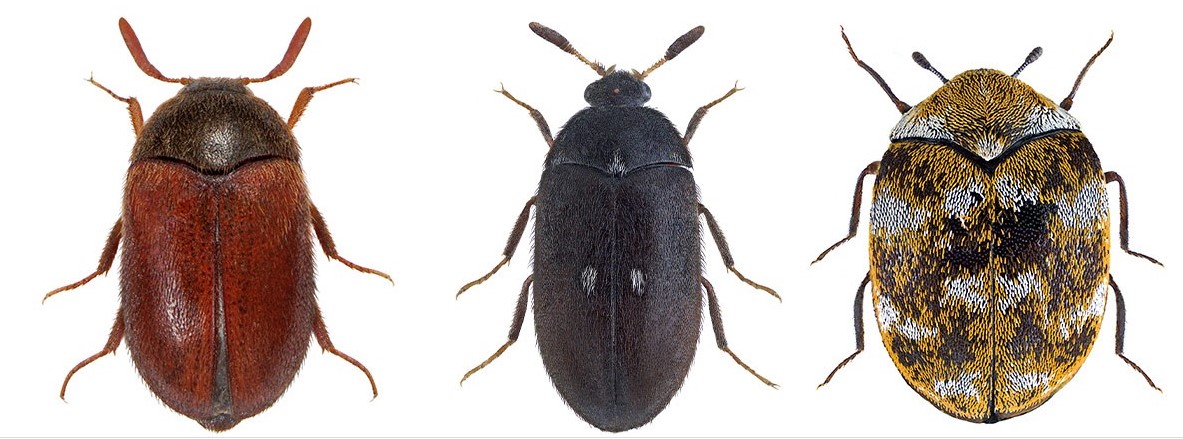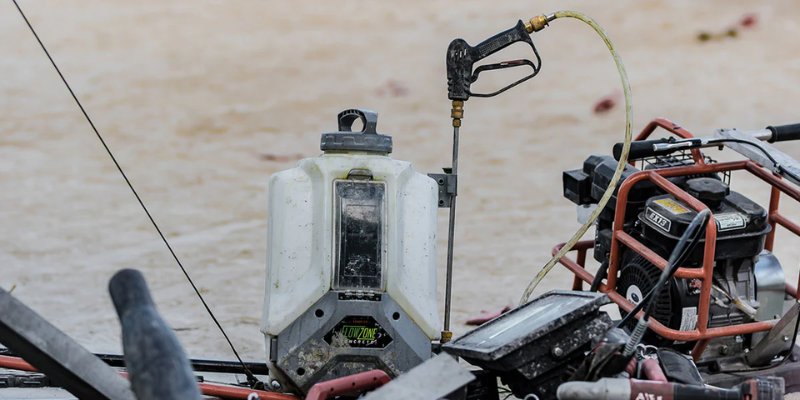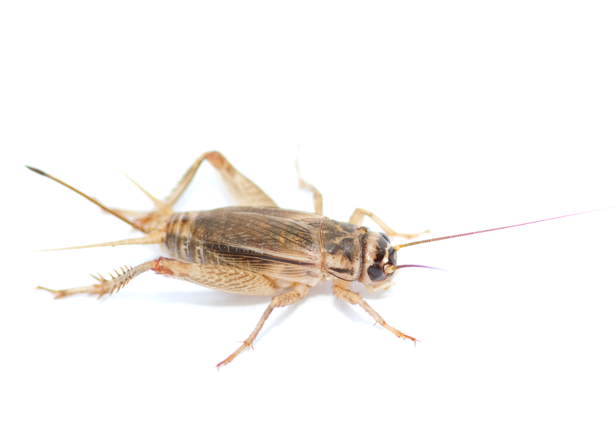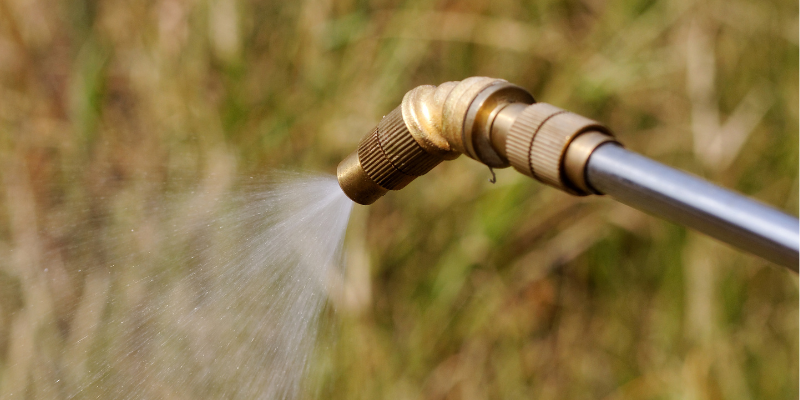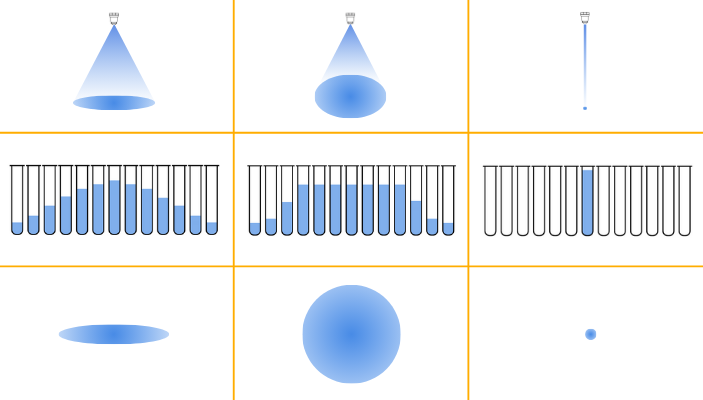Pigeons
- Article
- Pigeons
Pigeons
Scientific Name: Columba livia
How to identify a pigeon
Pigeons are gentle, plump, small-billed birds with a skin saddle (cere) between the bill and forehead. All pigeons strut about with a characteristic bobbing of the head. Because of their long wings and powerful flight muscles, they are strong, swift fliers.

Where are pigeons commonly found?
Pigeons are commonly found on and around skyscrapers, highway overpasses, farm buildings, abandoned buildings, and other human structures with ample crevices are conducive to pidgeon nesting. They will also rest on building ledges, walls or statues.
Why are pigeons considered a pest?
Pigeons excrete urates which over time corrodes masonry and metal.
Contact with pigeon droppings poses a minor risk of contracting fungal infections that affect the lungs, with long term exposure to droppings and feathers inducing an allergy known as bird fancier's lung and other bacterial contagions. Pigeons are also carriers of Salmonella.

What is the biology and lifecycle of pigeons?
Pigeons are monogamous; i.e., they mate for life, and the survivor accepts a new mate only slowly. The female lays two glossy white eggs in a flimsy nest that barely holds them. The female generally incubates the eggs by night, the male by day. The incubation period is 14 to 19 days, but the young are cared for in the nest for another 12 to 18 days.
Management Tips for Pigeons
To effectively protect a building from a bird problem, it often requires a combination of products. Take into account the following in designing your bird protection system:
-
Bird species/pressure
-
Building structure
-
Location of problem
-
Installation issues
-
Durability requirements
-
Aesthetic requirements
-
Safety/environmental concerns
-
Cost
A wide range of bird protection systems are available to effectively protect a building from a bird problem with various different methods:
Area exclusions - When installed correctly, bird netting provides the most complete, humane and durable system for bird exclusion.
Ledge exclusion - Large Birds: A system of spikes, wires and spiders can be utilised to discourage birds from landing on ledges. All Birds: a system of slopes and shock systems can be utilised.
Scare devices - A variety of scarer and repeller devices are available
Traps - For humane and safe removal of birds, particularly in sensitive areas
Avicide - For pigeons, sparrows and starlings. Only for application by authorised persons.
Solar panel protection - Solar panel exclusion kits are designed to prevent nesting under solar arrays - avoids expensive damage and reduction in efficiency due to bird droppings on panels.
Disease protection - PX Ornikill can be used as a clean up product and disease protection treatment, kill a range of disease organisms associated with pest birds such as ornithosis and psittacosis.
PRODUCT SOLUTIONS
-
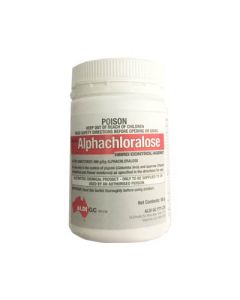 Alphachloralose Bird Control Agent
Alphachloralose Bird Control Agent990g/kg Alphachloranose
Alphachloralose is a bird control agent for use only in the control of pigeon (Columbalivia) and sparrow (Passerdomesticus and Passer montanus)
-
 VEXO K6 Stainless Steel 6 Bird Spikes (Ultra Dense)
VEXO K6 Stainless Steel 6 Bird Spikes (Ultra Dense)High density spikes
VEXO K6 Ultra Dense bird spikes are extra dense, light weight spikes that are designed to deter smaller birds like starlings, mynas, and sparrows. Manufactured using premium grade 304 stainless steel, this durable and versatile solution will serve as a long-lasting and reliable pest bird deterrent.
-
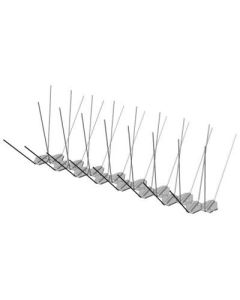 Avipoint P32 Extra Wide Bird Spikes
Avipoint P32 Extra Wide Bird SpikesAvipoint P32 Extra Wide Bird Spikes are made from high quality stainless steel spikes insert-moulded into UV stabilised polycarbonate base. Available by the metre.
-
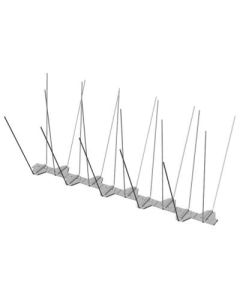 Avipoint P20 Wide Bird Spikes
Avipoint P20 Wide Bird SpikesAvipoint P20 Wide Bird Spikes are made from high quality stainless steel spikes insert-moulded into UV stabilised polycarbonate base. Available by the metre.
-
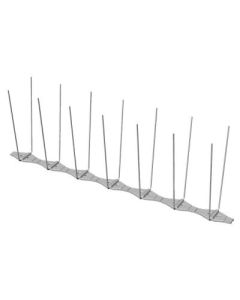 Avipoint P14 Narrow Bird Spikes
Avipoint P14 Narrow Bird SpikesAvipoint P14 Narrow Bird Spikes are made from high quality stainless steel spikes insert-moulded into UV stabilised polycarbonate base. Available by the metre.
-
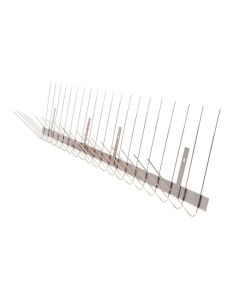 VEXO GX21 Stainless Steel 2 Bird Spikes (Gutter) - 10m Bundle
VEXO GX21 Stainless Steel 2 Bird Spikes (Gutter) - 10m BundlePack of 10 x 1m Spikes
VEXO GX21 gutter spikes are stainless steel bid spikes uniquely designed and shaped to prevent birds from perching and nesting in gutters.
-
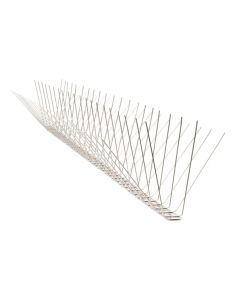 VEXO SS21 Stainless Steel 2 Bird Spike (Narrow) - 10m Bundle
VEXO SS21 Stainless Steel 2 Bird Spike (Narrow) - 10m BundlePack of 10 x 1m Spikes
VEXO SS21 Narrow Bird Spikes are lightweight fully stainless steel spikes that provide discrete protection against pigeons, mynas, starling, galahs, magpies and cockatoos.
-
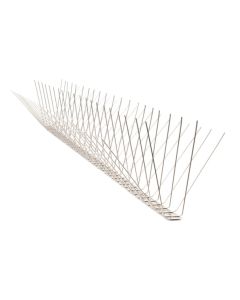 VEXO SS41 Stainless Steel 4 Bird Spike (Wide) - 10m Bundle
VEXO SS41 Stainless Steel 4 Bird Spike (Wide) - 10m BundlePack of 10 x 1m Spikes
VEXO SS41 Wide Bird Spikes are stainless steel spikes that provide discrete protection against pigeons, mynas, starling, galahs, magpies and cockatoos. SS41 spikes are the most popular bird spike as a durable versatile solution against pest birds.
-
 VEXO SS61 Stainless Steel 6 Bird Spikes (Ultra Wide) - 10m Bundle
VEXO SS61 Stainless Steel 6 Bird Spikes (Ultra Wide) - 10m BundlePack of 10 x 1m Spikes
VEXO SS61 Ultra Wide Bird Spikes are stainless steel spikes that provide discrete protection against pigeons, mynas, starling, galahs, magpies and cockatoos. SS61 spikes provide extra wide protection coverage against medium size birds.
-
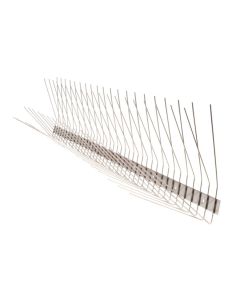 VEXO SW71 Stainless Steel 4 Bird Spikes (Solar / Eave) - 10m Bundle
VEXO SW71 Stainless Steel 4 Bird Spikes (Solar / Eave) - 10m BundlePack of 10 x 1m Spikes
VEXO SW71 Eave and Solar Bird Spikes are stainless steel spikes that provide discrete protection against pigeons, mynas, starling, galahs, magpies, and cockatoos. SW71 spikes are highly versatile, used to protect eaves, solar panels, and window ledges.
-
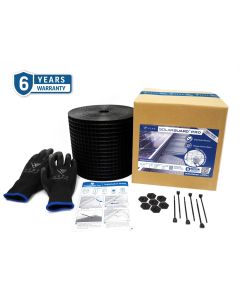 Vexo MZ30 Solarguard Pro Mesh Kit
Vexo MZ30 Solarguard Pro Mesh KitReady to install
VEXO Solarguard Pro Mesh Kits are designed to protect solar panel installations, the roof and electrical wiring from damage caused by rodents, birds and possums by preventing access. Use this solar panel mesh to build an effective physical barrier around your solar panels to keep birds and rodents from nesting underneath.
-
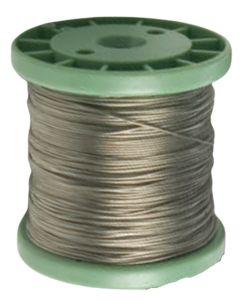 Bird Wire (Nylon Coated) 100m
Bird Wire (Nylon Coated) 100mThe coated wire is suspended between bird wire posts to prevent large birds from landing. Bird wire is a low-profile bird deterrent system ideal for handrails, ledges, rooftops, parapet walls and other areas large birds are landing.
-
 Bird Wire (Nylon Coated) 300m
Bird Wire (Nylon Coated) 300mThe coated wire is suspended between bird wire posts to prevent large birds from landing. Bird wire is a low-profile bird deterrent system ideal for handrails, ledges, rooftops, parapet walls and other areas large birds are landing.
-
 Bird Post Stainless Steel 95mm x 4mm (PK100)
Bird Post Stainless Steel 95mm x 4mm (PK100)Standard sized bird posts for Bird wire systems to protect against pigeons. Wire is suspended between bird wire posts to prevent large birds from landing. The posts are designed to be inserted into Stick-on Bases. These posts are designed for the leading edge of a ledge. The bird post is 4mm diameter and is made with stainless steel.
-
 Bird Post Stainless Steel 120mm x 4mm (PK100)
Bird Post Stainless Steel 120mm x 4mm (PK100)Standard sized bird posts for bird wire systems to protect against pigeons. Wire is suspended between bird wire posts to prevent large birds from landing. Install these bird posts by knocking them into Anchor Rivets. These posts need to be positioned at 1.5m intervals along the ledge. These posts are used for the lead. These posts will be supplied in packs of 100.
-
 Bird Post Stainless Steel 125mm x 4mm (PK100)
Bird Post Stainless Steel 125mm x 4mm (PK100)Standard sized bird posts for bird wire systems to protect against pigeons. Wire is suspended between bird wire posts to prevent large birds from landing. These bird posts are designed to be inserted into Stick-on bases. Use these posts when multiple rows of bird wire is needed.
-
 Bird Post Stainless Steel 150mm x 4mm (PK100)
Bird Post Stainless Steel 150mm x 4mm (PK100)Larger sized bird posts for bird wire systems to protect against pigeons. Wire is suspended between bird wire posts to prevent large birds from landing. These bird posts are designed to be installed by knocking them into Anchor Rivets. Use these posts when multiple rows of bird wire is needed.
-
 Gutter Post 95mm x 4mm (PK100)
Gutter Post 95mm x 4mm (PK100)Bird posts for bird wire systems to protect against pigeons. The gutter post is designed for clamping bird wire onto gutters and vertical flanges. The gutter post has a 21mm jaw which fits over the gutter.
-
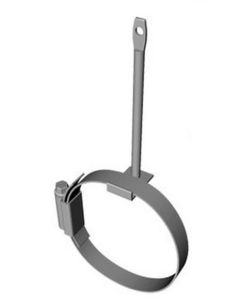 Pigeon Rail Clamp Post (PK10)
Pigeon Rail Clamp Post (PK10)Pigeon Rail clamps are posts that are designed to suspend bird wire around hand rails or pipes.
-
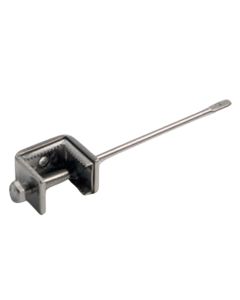 Beam Clamp and Post 95mm x 4mm (Pack of 10)
Beam Clamp and Post 95mm x 4mm (Pack of 10)Beam Clamp & Post is a tool designed for bird wire systems. Designed for clamping bird wire onto horizontal flanges of girders and beams. The Beam Clamp has a 21mm jaw which fits over flanges.
-
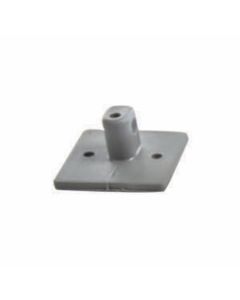 Stick on Plastic Base - Grey (PK10)
Stick on Plastic Base - Grey (PK10)The Stick-on plastic bases support bird wire system and can be glued to any ledge surface. Posts that are 4mm are designed to be inserted into these Stick-on Bases.
-
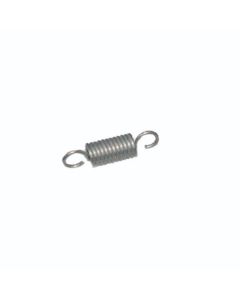 BirdWire Micro Spring (PK100)
BirdWire Micro Spring (PK100)Bird wire Micro Spring is to be used for tensioning bird wire on the post and bird wire system. Micro Springs are installed at one end of each run of bird post and wire.
-
 Split Pins Stainless Steel 25mm (PK100)
Split Pins Stainless Steel 25mm (PK100)Split pins are a discrete fixing that need to be inserted in a horizontally fitted anchor rivet. Once horizontally fitted attach the bird wire spring to the split pin. These Split Pins can also be used as an intermediate net fixing.
-
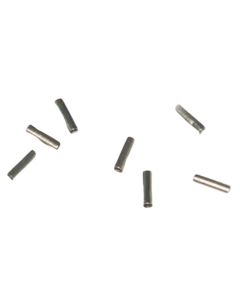 Bird Wire Crimps Nickel Plated (Pack of 100)
Bird Wire Crimps Nickel Plated (Pack of 100)Bird wire crimps are used to secure the end of bird wire run. The bird wire is threaded through the crimp and then through the hole in the bird post, and back through the crimp.
-
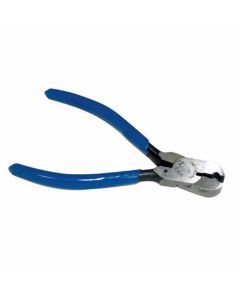 Bird wire Crimper and Cutter Tool
Bird wire Crimper and Cutter ToolA dual purpose easy to use tool designed for cutting bird wire and crimping the crimps. This multi-purpose tool is highly durable and high strength which is built to last.
-
 Premium Bird Net 19mm
Premium Bird Net 19mmGlobe's 19mm Premium Bird Netting offers reliable and effective bird-proofing solutions for properties facing challenges from both smaller birds and larger species like pigeons and seagulls. Crafted from high-density polyethylene (HDPE), this premium bird netting is designed to endure harsh weather conditions, making it ideal for both urban and rural settings with any level of bird infestation.
-
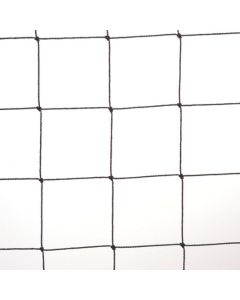 Premium Bird Net 50mm
Premium Bird Net 50mmGlobe's 50mm Premium Bird Netting is suitable for larger birds such as pigeons and seagulls. Our premium bird nets are suitable for all levels of bird infestation and are manufactured from knotted high-density polythene (HDPE) for durability.
-
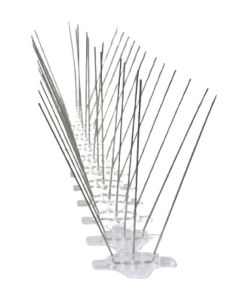 PCO Bird 3 Spike 15m
PCO Bird 3 Spike 15mProfessional, Stainless Steel, Bird Deterrent Spikes. There is 15m of bird spikes per box (30 x 50cm strips), with a 12.5cm top width span.
-
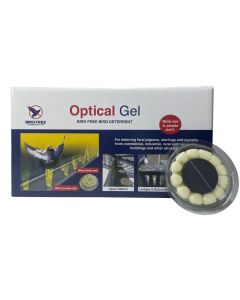 Bird Free Optical Gel with Magnet - 15 Pack
Bird Free Optical Gel with Magnet - 15 PackReady to install
Bird Free Optical Gel keeps birds off all structures without harming them. It does so by altering their behaviour, not by acting as a physical barrier. Once applied, birds will completely desert a habitat, even one they have been using for years.
-
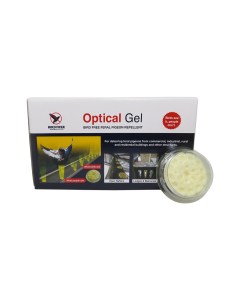 Bird Free Optical Gel - 15 Pack
Bird Free Optical Gel - 15 PackReady to install
Bird Free Optical Gel keeps birds off all structures without harming them. It does so by altering their behaviour, not by acting as a physical barrier. Once applied, birds will completely desert a habitat, even one they have been using for years.
-
 D-Ter Animal & Bird Repellent
D-Ter Animal & Bird RepellentSafe & Effective
D-Ter Animal & Bird Repellent is a safe and effective repellent used to deter unwanted animals and birds. D-Ter is ideal for use as a repellent for dogs, cats, birds, possums, kangaroos, bandicoots and many other animals.
-
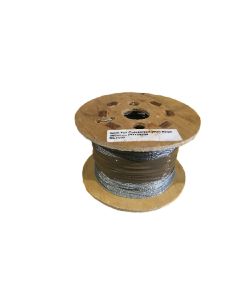 Bird Wire Rope 2mm - Galvanised 200m
Bird Wire Rope 2mm - Galvanised 200mThe galvanised wire rope is 2mm diameter is appropriate for use in installing and erecting bird netting.
-
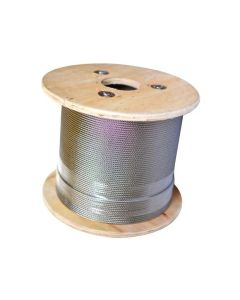 Bird Wire Rope 2mm - Stainless Steel 200m
Bird Wire Rope 2mm - Stainless Steel 200mThe stainless steel wire rope is 2mm diameter is appropriate for use in installing and erecting bird netting.
-
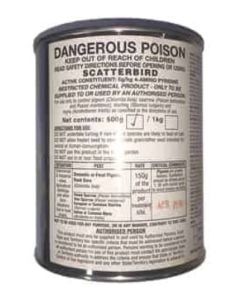 Scatterbird Bird Bait Wheat 1kg
Scatterbird Bird Bait Wheat 1kg5g/kg 4-amino pyridine
Scatterbid is a bird bait used for the controbirdl of pigeons, sparrows, starlings and myna birds as specified in the directions of use. Scatterbird can only be supplied to and used by an Authorised Person.
-
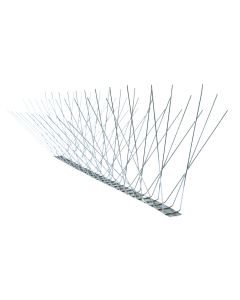 VEXO K6XL Extra Large Ultra Dense Bird Spikes - 5m Bundle
VEXO K6XL Extra Large Ultra Dense Bird Spikes - 5m BundlePack of 10 x 0.5m Spikes
Vexo K6XL Extra Large Ultra Dense Bird Spikes feature extra-long spikes providing 25% greater height and width coverage than the standard K6 model. This gives you the best of both worlds by maintaining the higher spike density required to exclude smaller pest birds while adding the extra height required to tackle taller pest species.
-
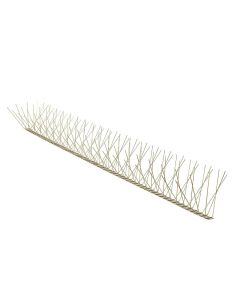 VEXO K6 Stainless Steel 6 Bird Spikes (Ultra Dense) - 5m Bundle
VEXO K6 Stainless Steel 6 Bird Spikes (Ultra Dense) - 5m BundlePack of 10 x 0.5m spikes
VEXO K6 Ultra Dense bird spikes are extra dense, light weight spikes that are designed to deter smaller birds like starlings, mynas, and sparrows. Manufactured using premium grade 304 stainless steel, this durable and versatile solution will serve as a long-lasting and reliable pest bird deterrent.
JOIN OUR NEWSLETTER NOW!
Be the first to hear about the latest specials, products, tips and ideas.


